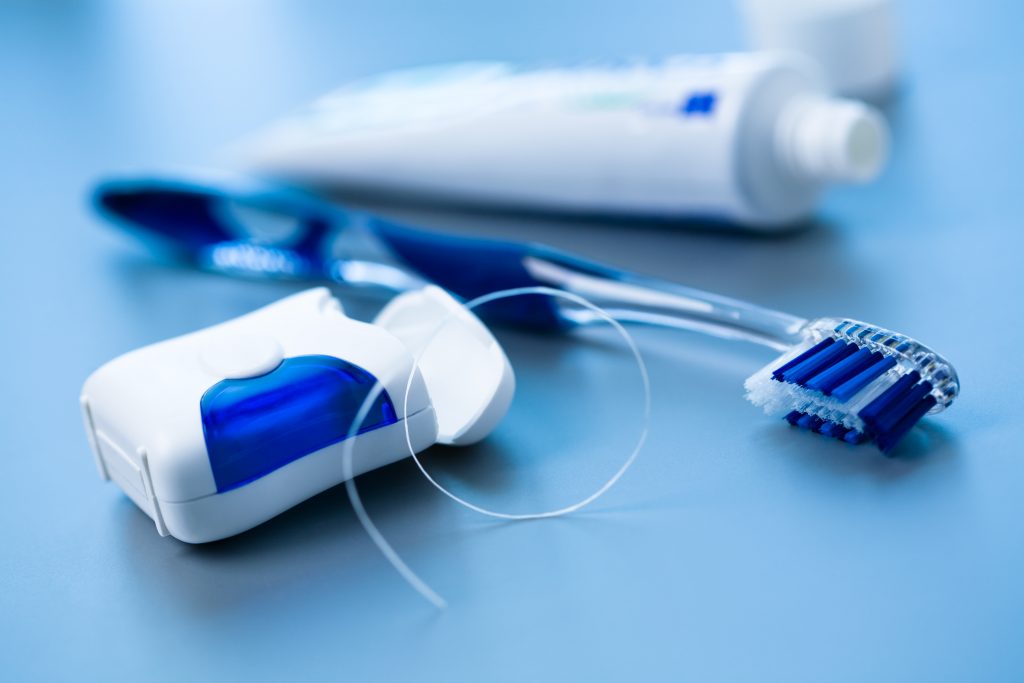Each one of your teeth is covered with a hard, white, lustrous layer of enamel—a mineral-rich substance that helps to protect the interior of your teeth from damage. Unfortunately, it can be damaged and eroded by bacteria and the things that you eat and drink.
This damage, referred to as demineralization, occurs when your teeth aren’t exposed to enough good minerals, and are instead exposed to things like acids and sugars. Over time, this demineralization can leave a weak white spot on your teeth, which can eventually turn into the deep, painful hole that you know as a cavity. Dental cavities are especially dangerous because they can collect even more food debris and oral bacteria, allowing the decay to spread rapidly.
The mouth is home to many bacteria, which create acids as they grow and reproduce. In fact, twenty-five species of Streptococcus mutans live in the mouth, each designed to target a different area. The acids that these bacteria produce dissolve tooth enamel, causing cavities and extensive infections. Left unchecked, oral bacteria can run rampant and cause serious damage to the teeth, which is why proper dental care is so important.
While it's better not to get cavities at all, treating them is one of the simplest procedures in modern dentistry.
Fortunately, dental fillings are incredibly effective at stopping decay in its tracks. If you are concerned about getting a filling, there’s no need to be. Fillings are extraordinarily common, and typically considered the most basic form of dental restoration.
Before Dr. White gives you a dental filling, he will order X-rays of the area to see how deep the damage runs. Next, your tooth will be completely numbed, so that you won’t feel a thing other than pressure. After the area is prepared, the decayed portions of the tooth will be carefully removed and the area will be cleaned. When the tooth is clean, dry, and free of decay, Dr. White will fill the space to keep food and bacteria out in the future. After getting a filling, your mouth might be numb for a few hours, but your tooth will be strong and healthy again.

Although fillings are a simple, effective answer to cavities, it’s better not to need them in the first place. Here are a few ways you can prevent cavity formation.
For more information about preventing cavities and correcting previous damage, schedule a dental appointment today.